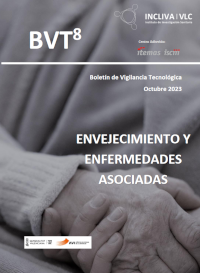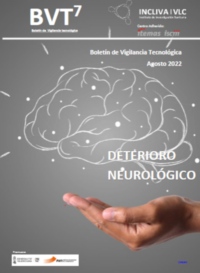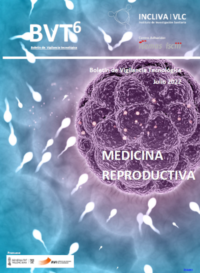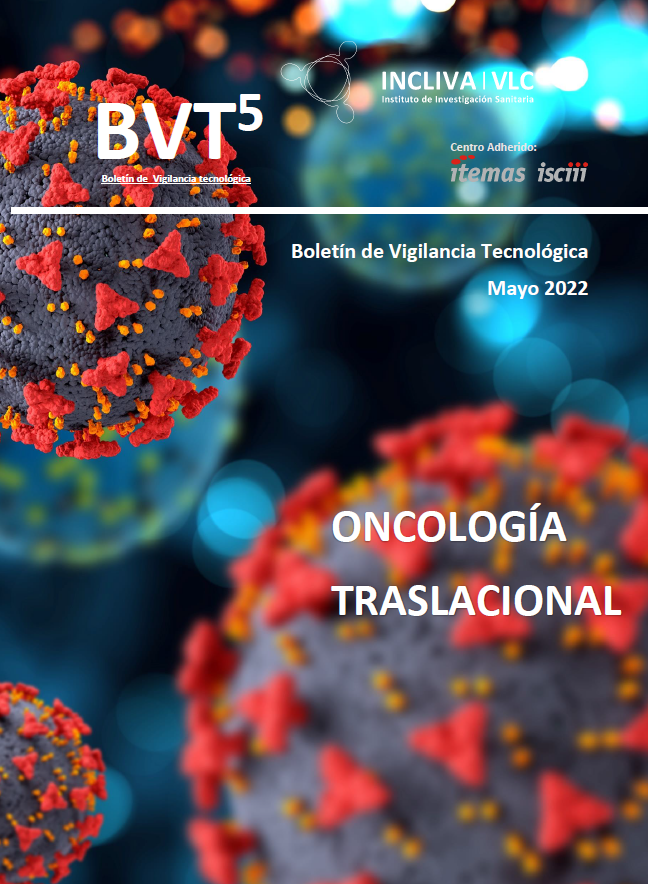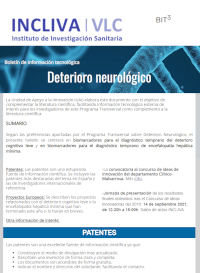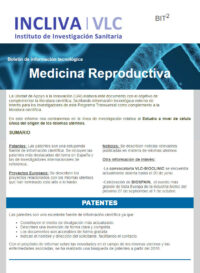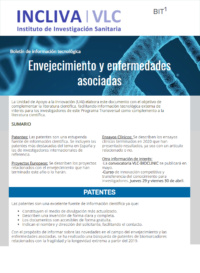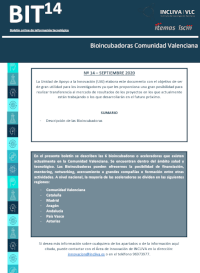This Unit is responsible for the promotion and managements of innovation and knowledge transfer.
Its functions include:
- Detection of ideas and feasibility analysis
- Development of innovation projects
- Protection and exploitation of results
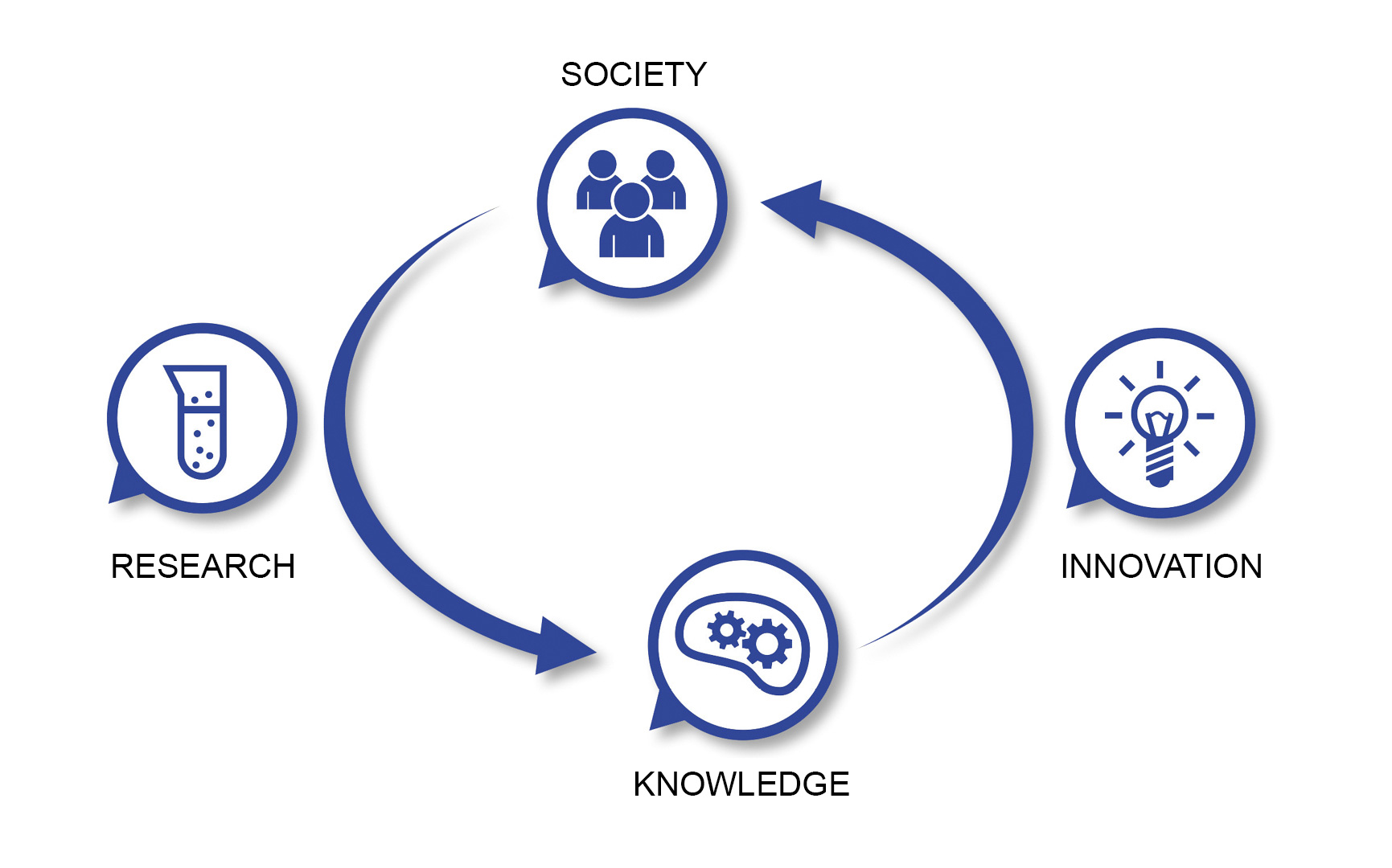
The Innovation Support Unit is also responsible for technology watch and competitive intelligence, the promotion of innovative culture and advice on intellectual and industrial property in the management of R&D contracts.
This unit is registered as a Knowledge Transfer Office (OTC in Spanish) by the Ministry of Science, Innovation and Universities.
Team
Head of Unit
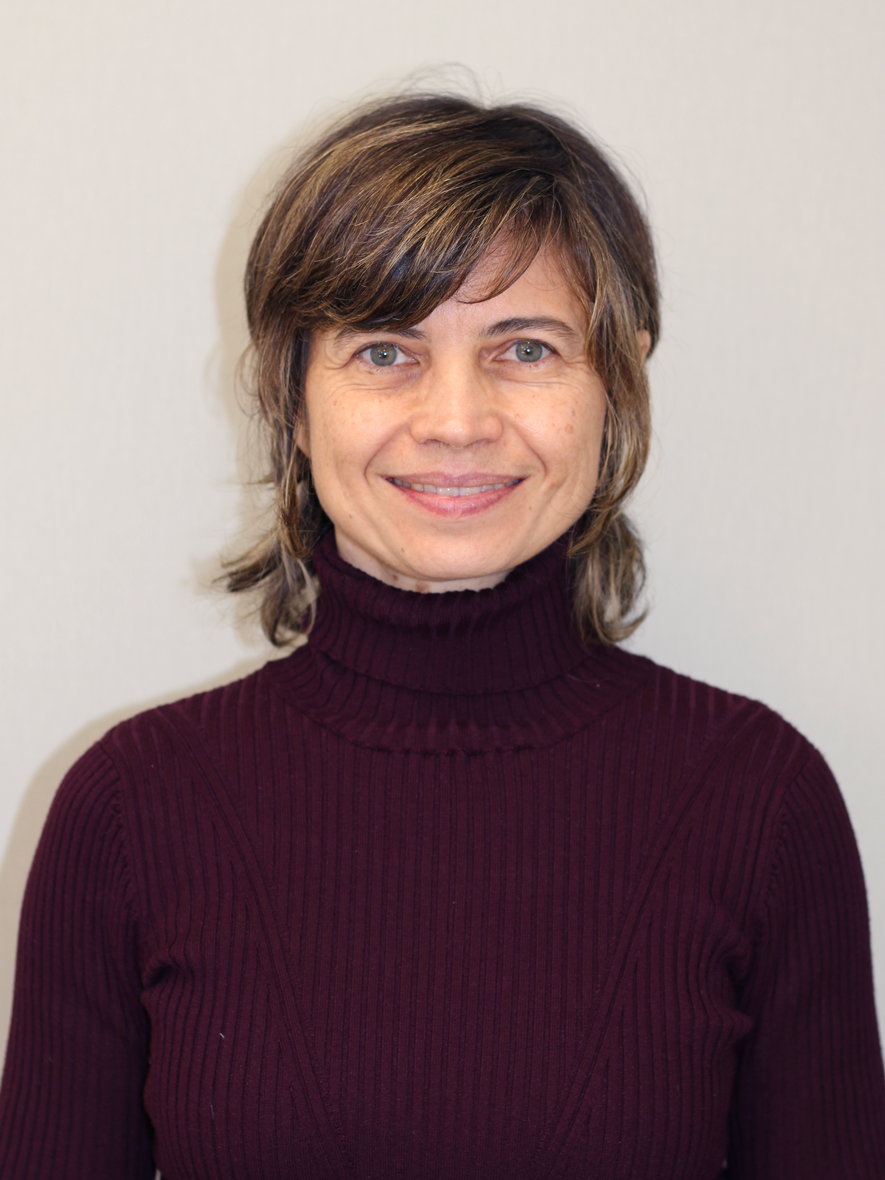
Elena Carrió
Innovation Agent
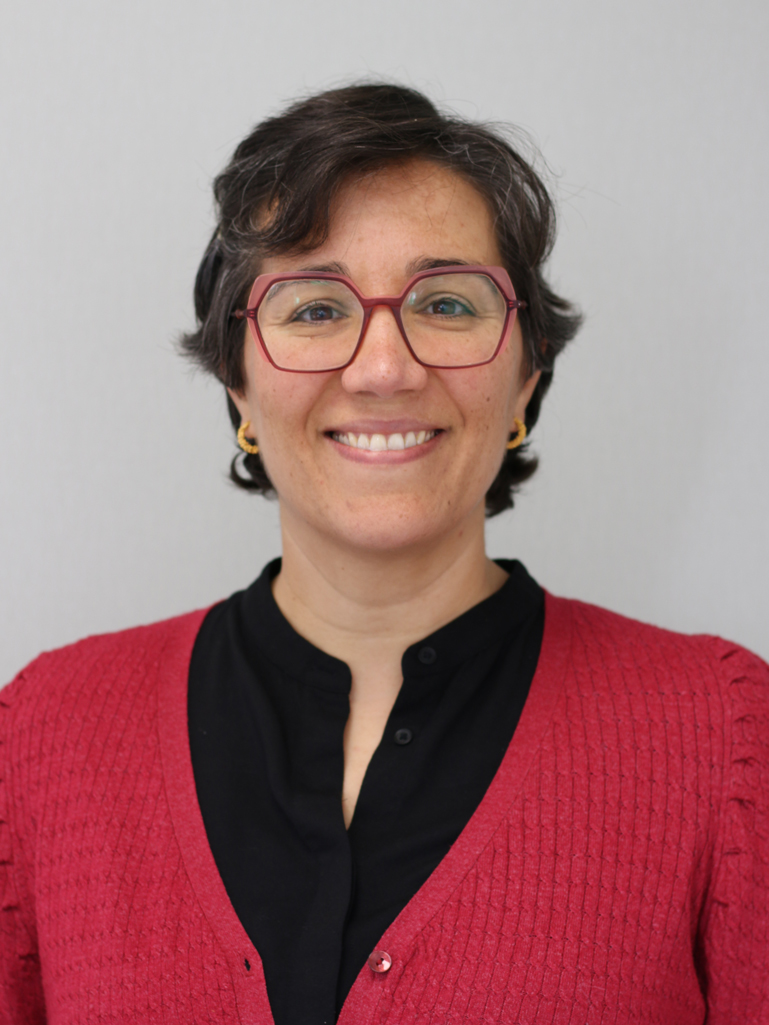
Marta Viciano
Innovation Agent
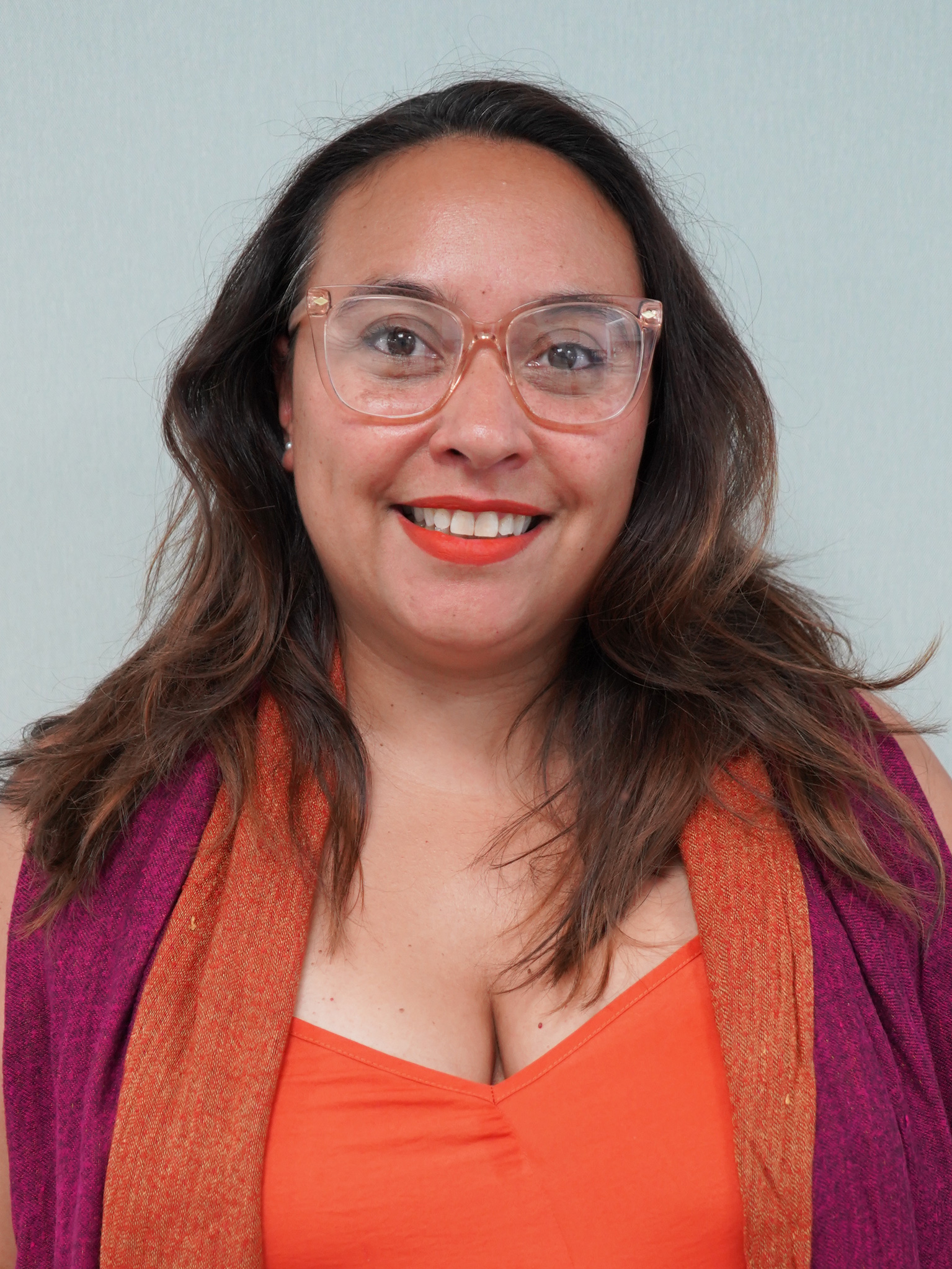
Mariana Reina
Innovation Agent
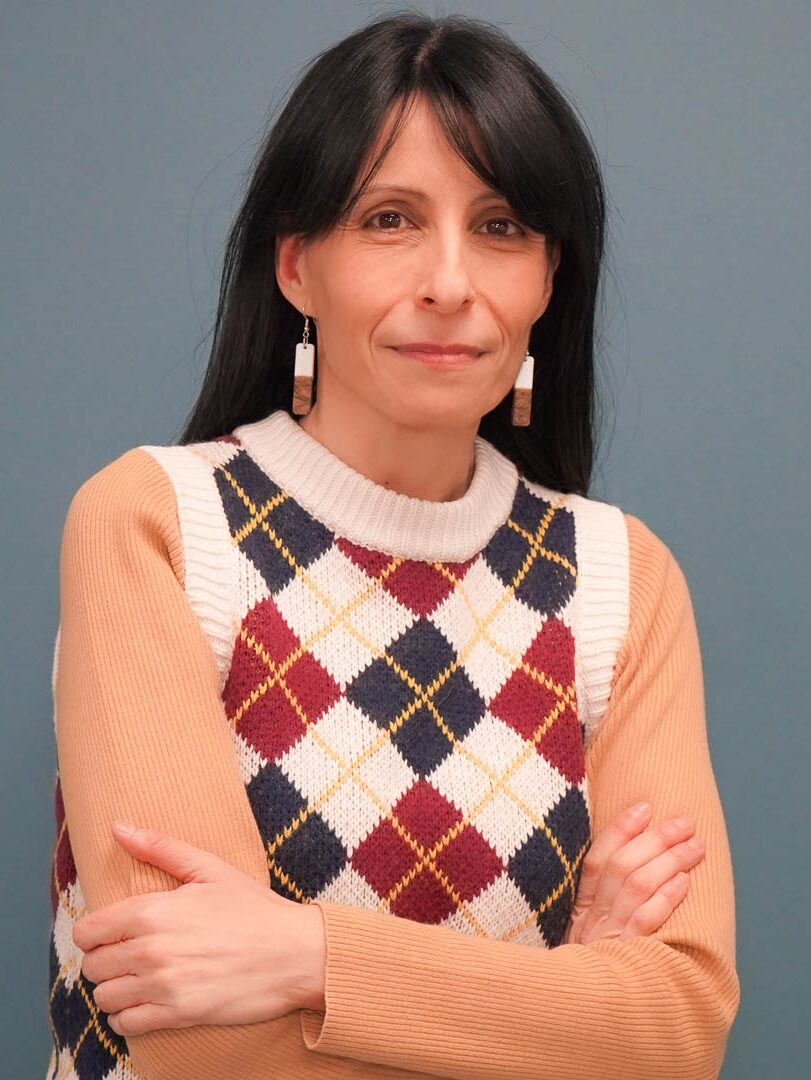
Pilar Tartaj
Innovation Agent
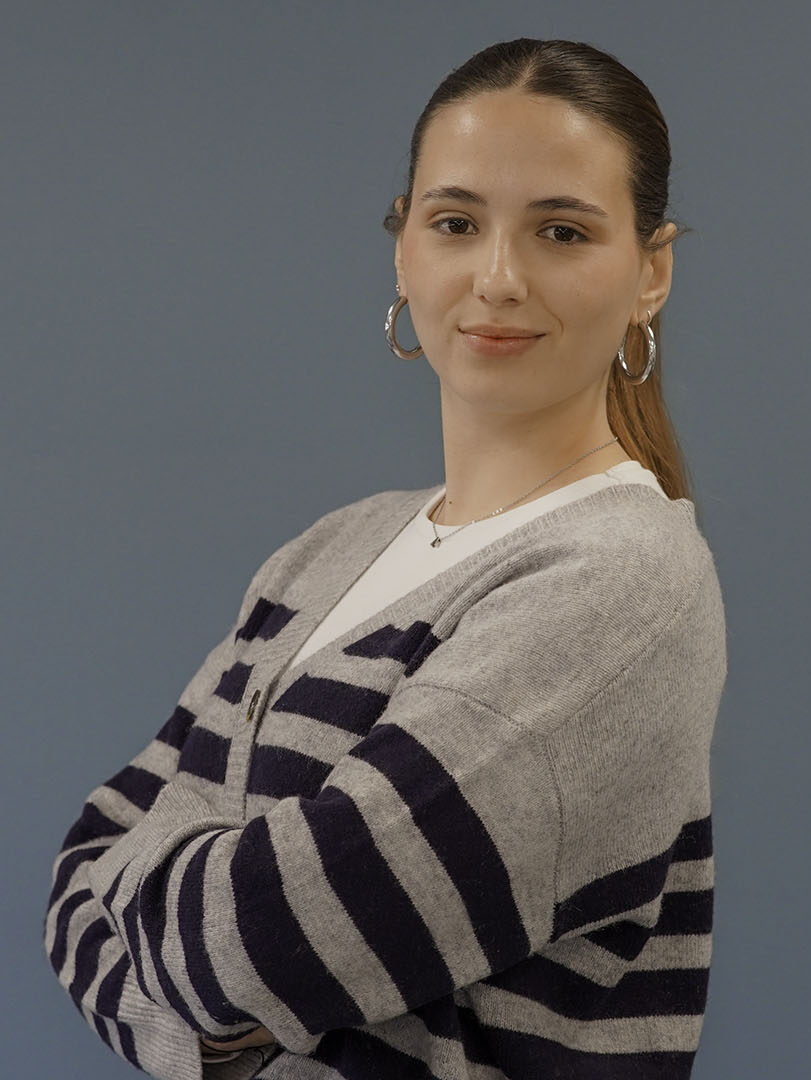
Helena Benito
Support for researcher
Since its creation, the INCLIVA Foundation has prioritised the promotion of innovation among research staff, providing advisory and management services for the protection of research results and promoting the transfer and application of the results of the research projects developed in the institution.
Therefore, one of INCLIVA’s strategic objectives is to optimise the transfer of research results, both to clinical practice and to the productive sector. INCLIVA considers that innovation is inherent to the research process and that the protection of knowledge, and the commercial exploitation of results are complex tasks. For this reason, it has an Innovation Support Unit that coordinates and supports these activities.
In addition, INCLIVA provides research staff with research support platforms and technical resources to support their work.
Do you have an invention or an idea that could be useful for the hospital or for companies?
Let us know about it by sending us the idea communication form to innovacion@incliva.es
Why protect my results?
Because this way you can be sure that you will be recognised as the author of the results. Moreover, if you want to transfer them to third parties for exploitation (for example, to a company to develop a commercial product based on them), they will only be interested in negotiation if they know that you or your group are the exclusive owners of these results.
How do I know if my results are worth protecting?
The best thing to do is to contact us for a thorough analysis of any idea, result or invention that you think may be of commercial interest.
What are the ways to protect my results?
There are several Intellectual Property and Industrial Property mechanisms. Which one to use will depend on the type of results and what we want to do with them afterwards.
Intellectual Property (author’s rights, such as copyright) protects the originality of the author of any type of work (literary, cinematographic, musical, scientific, artistic…) or software.
However, Industrial Property protects certain creations with a real and exclusive property right. Industrial property titles are trademarks, industrial designs, utility models and patents.
In addition, there are trade secrets, know-how and confidential information, which would exercise their protection if they kept secret, something that is difficult to guarantee.
What is a patent?
A patent is a property tittle granted by the state in respect of a particular invention for a certain period. The holder of a patent has the exclusive right to prevent others from owning, using, making or selling the patented invention in that territory and for the duration of the patent.
What can be patented?
Any invention of a technical nature that is new, has industrial application and has required intellectual effort by the inventor. Ideas, scientific theories, mathematical methods and formulae, business plans or ways of presenting information are not patentable.
Can I disclose my results if I patent?
Yes, but you must respect the order: “Protect, Publish, Transfer”. First the invention is protected, i.e. the patent application is made to the corresponding office. In this way we ensure that we have the priority of the invention, and we can then disclose it, in the form of scientific publication, attendance at congresses, conferences… It is important not to make ANY type of disclosure before the patent application. If we do so, our invention will no longer be new, and therefore patentable. Any research result that has been published can no longer be patented subsequently, as it has lost is novelty.
How long does a patent last?
In general, 20 years from the date of application.
What geographical area does my patent protect?
Patents are granted by states. Therefore, a patent will only protect in the state in which it was granted. However, broadly speaking, there are some routes that simplify the processing of patent in several countries at the same time, such as the European application (practically all European countries) and the PCT (142 countries).
If I patent, can I use or market my invention?
You don’t have to. It will prevent others from using it, but the patent does not ensure that I can use it. It may happen that, to use my invention, I need a previous invention that is already patented by a third party.
What is the difference between the inventor and the patentee?
The inventor is the author of the invention. He/she is the person who carried out the research that led to the invention and subsequently patented it. But the inventor is not necessarily the owner of the patent. The owner of the patent is the patent holder. For example, for an invention obtained at INCLIVA, the inventor will be the researcher(s) who carried out the R&D project, but the owner in the case of a patent will be INCLIVA and other institutions or companies that participated in the R&D project.
Do I receive financial remuneration for patenting?
Not for the mere fact of patenting, but if this patent is transferred to a third party, the inventors will be entitled to at least 1/3 of the income generated by the exploitation of the patent.
TECHNOLOGICAL OFFER:
OPTIMIZATION DEVICE FOR INTRAURETHRAL LUBRICATION IN PEDIATRIC PATIENTS
Grupo: Urología
Tipo: Modelo de utilidad
Novel treatment with PPAR modulators for metabolic diseases
Grupo: Química Médica
Tipo: Patente
Moxifloxacino para uso en el tratamiento de la atrofia muscular espinal
Grupo: Genómica Traslacional Humana
Tipo: Patente
Cathlab Sim: SOFTWARE FOR THE SIMULATION OF PERCUTANEOUS CARDIAC INTERVENTIONS AND THE TRAINING OF HEALTHCARE STAFF
Grupo: Cardiología Clínica
Tipo: Software
ReMindCare: una plataforma para la evaluación del estado clínico del paciente y la comunicación entre paciente y médico en psiquiatría
Grupo: Psiquiatría y Enfermedades Neurodegenerativas
Tipo: Software
Método de evaluación de la actividad de la nicotinamida N-metil transferasa. Metabotest
Grupo: Cáncer colorrectal y nuevos desarrollos terapéuticos en tumores sólidos
Tipo: Patente
MOLECULAR TOOLS FOR THE DIAGNOSIS AND PROGNOSIS OF SPITZOID MELANOCYTIC TUMOURS
Grupo: Cáncer Cutáneo
Tipo: Patente
Haloperidol para el tratamiento de la atrofia muscular espinal
Grupo: Genómica Traslacional Humana
Tipo: Patente
Material inyectable para la regeneración del cartílago articular
Grupo: Histopatología e Ingeniería Tisular
Tipo: Patente
AMMON-OHE: A Machine Learning Model to Predict Occurrence of Overt Hepatic Encephalopathy in Patients with Cirrhosis
Grupo: Research Group on Neurological Impairment
Type: Patent
SepAsT: Software for early sepsis diagnosis of sepsis and patients clinical clourse and septic shock
Group: Research Group on Epigenomics and Translational Epigenetics
Type: Software
Musashi 2 (MSI2) como diana terapéutica para el tratamiento de la distrofia miotónica tipo 1 y 2
Group: Research Group on Human Translational Genomics
Type: Patent
Spin-Off technology-based companies:
Seqplexing is a company created in 2013, which was born from the idea of generating solutions for research and clinical applications, using as a basis the introduction of new advanced genetic techniques and platforms, mainly next generation sequencing (NGS). Seqplexing aims to cover the need for reliable protocols for the sequencing of amplicons or genes. To this end, it develops closed solutions that are easy to use and implement in its own laboratories.
Seqplexing’s mission is focused on providing a service to those laboratories that, due to their daily routine, do not have time to carry out the development of suitable protocols for the sequencing of genes or regions of interest. Seqplexing is transforming into a commercial kit all the necessary elements to carry out these techniques, providing a comprehensive service from the beginning of the sample preparation to the final analysis of the results.
Epidisease was created in 2014 because of a project led by INCLIVA researchers and the Center for Biomedical Research Network (CIBER) of Rare Diseases to transfer knowledge in the field of epigenetics and biomedical sciences to the service of society.
Epigenetics studies all those factors and mechanisms involved in the control of gene expression. The importance of this science is growing, as demonstrated by some of the conclusions of the Human Genome Project, thanks to which scientist have realised that the molecular bases of cellular functioning, development, ageing and many diseases goes far beyond the DNA sequence. Proof of this are recent findings from the Epigenome Road Map project.
Epidiseases’s mission is to leverage its expensive expertise in the field of epigenetics to provide its customers with biomedical solutions, diagnostic tools and new therapies, as well as to stimulate translational research with the goal of improving people’s health and well-being.
Nela BioDynamics is a young technology development company in biomedicine, which arises from Valencian university collaboration, formed by a group of multidisciplinary researchers with expertise in biomedicine and engineering. The company arises from the results of a master’s Thesis in Biomedical Engineering, which led to the obtaining of two patents on a novel intramedullary fixation device for joint arthroplasty, nails for fractures and exo-prosthetization; and a percutaneous collar for ostomies.
NELA spinal implant technology allows for a customised fit for each patient and avoids conventional techniques based on impact pressure fitting or the use of bone cement to achieve fixation. All this translates into a shorter surgical time, less pain, higher success rates and better quality of life for the patient. NELAS’s mission is to respond to different unmet medical need, while providing a positive socio-economic impact.
ARTHEx BIOTECH is a spin-off company of the University of Valencia that develops advanced RNA treatments against genetic diseases. The team has a solid experience in drug discovery and the involvement of microRNAs in neuromuscular diseases. They are supported by world-renowned scientific and clinical advisors who will facilitate the successful development of their products.
ARTHEx Biotech mission is to find effective treatments for unmet medical needs. The company’s first objective will be to investigate anti-miRNAs for the treatment of myotonic dystrophy type 1 (DM1), which is an orphan disease affecting more than 900 000 people worldwide (estimated prevalence 1/8000).





